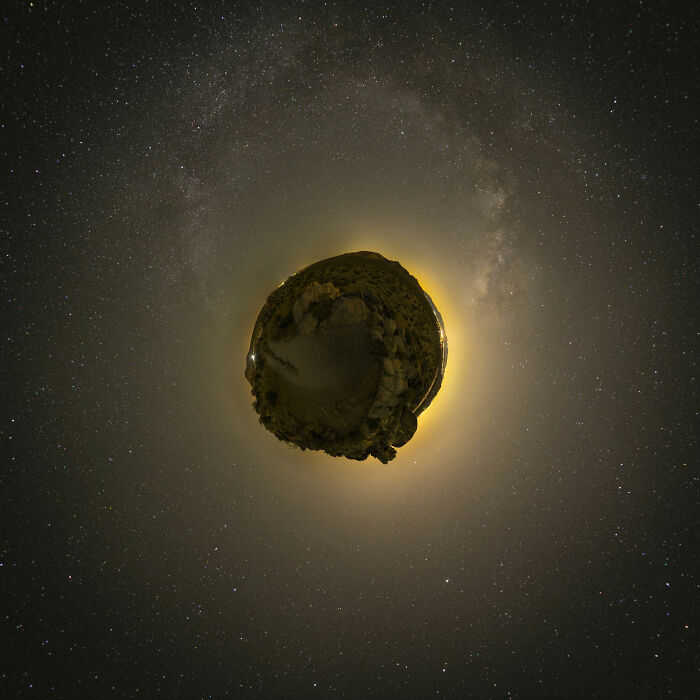Do thoughts about an endless sky above start bothering you minutes before you should fall asleep? Black holes make you unexplainably anxious? Are extraterrestrials real? As vast and unexplored as space is, there sure are plenty of cool scientific facts to put your mind at rest. And, to save you (and ourselves) from another sleepless night spent wondering about the miracles (or science) of the universe, we've rounded up some of the most important space facts in this fun little article.
From the length of the day on various planets in our solar system to diamond showers and the actual size of heavenly bodies compared to a unit of measurement we all understand - football stadiums - all the basics are covered in our facts about space. After the groundwork comes the more complex questions about gaseous compositions, thermodynamics, and such - no stone unturned in these cool facts about space! And, the further we dig into the core topics of our universe, the more at ease you'll probably start to feel. At least we do desperately hope that these fun facts about space will soothe you and calm you instead of scrambling your thoughts on black holes even further.
Now, jump into your moon boots, and let's explore the universe of cool space facts together! Although presumably, they should be somewhere higher up, the interesting facts are instead a bit further down. Once you are there, rank the bits of info by their unexpectedness and share this article with your friends!
This post may include affiliate links.
Any free-moving liquid in outer space will form itself into a sphere.
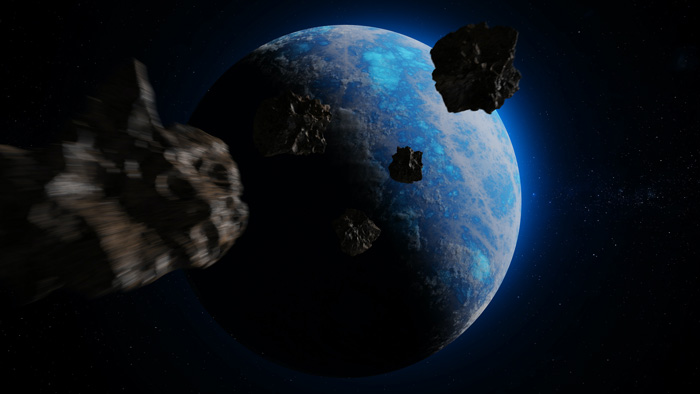 A large percentage of asteroids are pulled in by Jupiter’s gravity and it protects us from cosmic impacts.
A large percentage of asteroids are pulled in by Jupiter’s gravity and it protects us from cosmic impacts.
There are more stars in the universe than grains of sand on all the beaches on Earth. That’s at least a billion trillion!
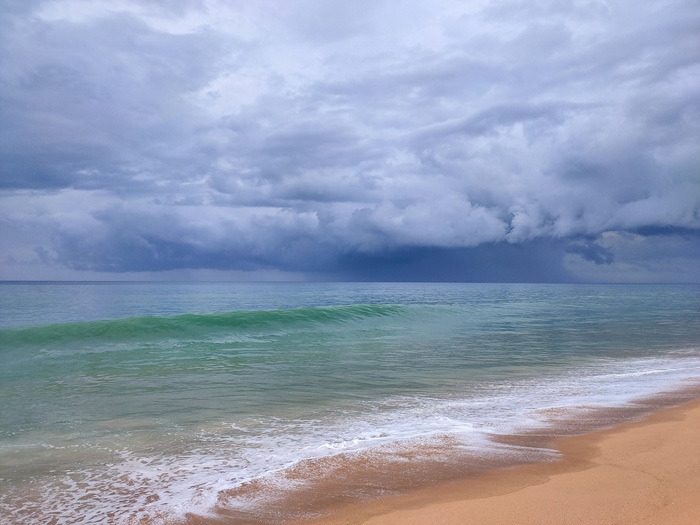 We know more about Mars and our Moon than we do about our oceans.
We know more about Mars and our Moon than we do about our oceans.
Scientists have found a void in space 1 billion miles wide that could be a parallel universe.
Saturn has a huge extra ring that was only discovered in 2009.
An asteroid about the size of a car enters Earth’s atmosphere roughly once a year – but it burns up before it reaches us.
Space is not completely empty, but there are only about ten atoms per cubic meter of space.
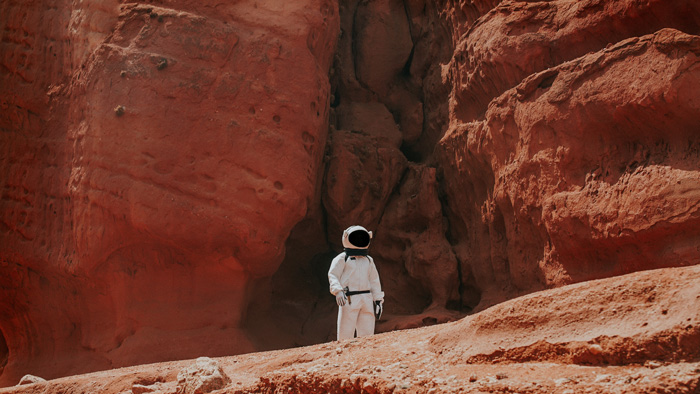 If you were to stand on the surface of Mars on the equator at noon, it would feel like spring at your feet (75°F or 24°C) and winter at your head (32°F or 0 °C).
If you were to stand on the surface of Mars on the equator at noon, it would feel like spring at your feet (75°F or 24°C) and winter at your head (32°F or 0 °C).
Ok, so the shoes and the hat are sorted out, but is it a T-shirt or a jacket in between?
Dung beetles can use the Milky Way for orientation.
This made no sense to me, so I looked it up. What the heck, dung beetles? Amazing stuff.
One million Earths could fit inside the Sun – and the Sun is considered an average-size star.
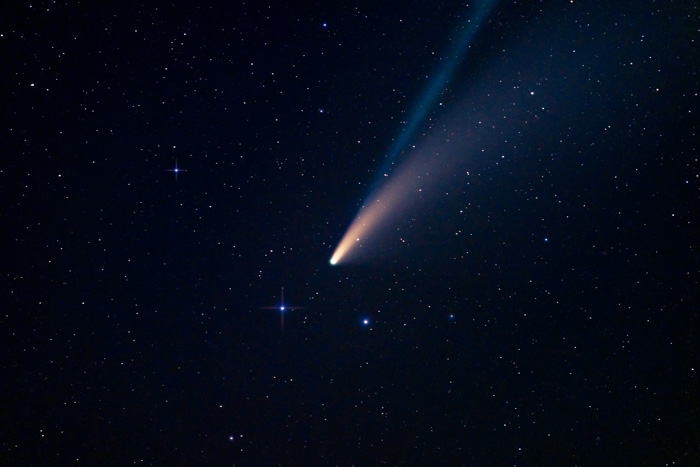 Comets are leftovers from the creation of our solar system about 4.5 billion years ago – they consist of sand, ice and carbon dioxide.
Comets are leftovers from the creation of our solar system about 4.5 billion years ago – they consist of sand, ice and carbon dioxide.
There is a planet made of diamonds.
The Apollo astronauts' footprints on the Moon could last up to 100 million years.
The moons of Uranus were named after characters created by Alexander Pope and William Shakespeare.
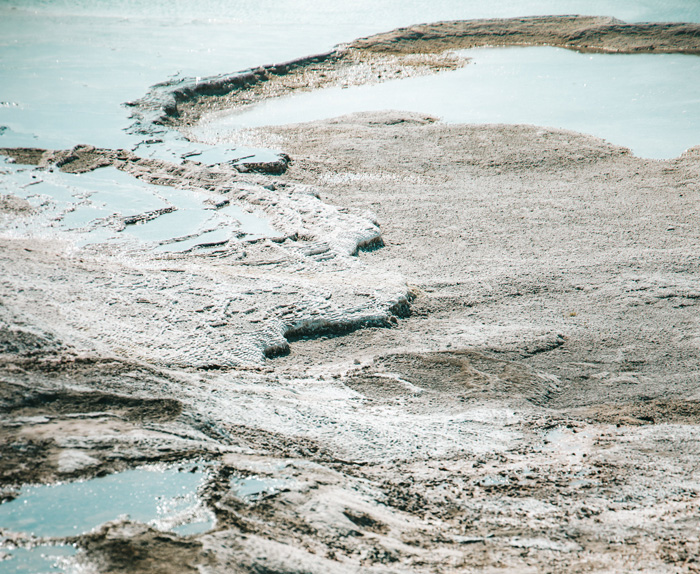 For years it was believed that Earth was the only planet in our solar system with liquid water. More recently, NASA revealed its strongest evidence yet that there is intermittent running water on Mars, too!
For years it was believed that Earth was the only planet in our solar system with liquid water. More recently, NASA revealed its strongest evidence yet that there is intermittent running water on Mars, too!
"Intermittent running water"? So Mars is in fact a cheap apartment in a run-down neighbourhood.
A day on Venus lasts 243 Earth days. A year on Venus lasts 225 Earth days.
So it takes Venus 243 earth days to rotate one time. But it takes Venus 225 earth days to rotate once around the sun. Not gonna lie. I was confused at first lol
The International Space Station (ISS) is the size of a football field.
It is possible to see the International Space Station from your backyard.
Hey, how do you know that? I'm pretty sure I've never invited you to my backyard!
There may be a huge planet at the edge of the Solar System nicknamed "Planet Nine".
Gamma-ray bursts can release more energy in 10 seconds than our Sun will in its entire 10 billion-year lifetime.
The radio signal that a spacecraft uses to contact Earth has no more power than a refrigerator light bulb.
The first-ever black hole photographed is 3 million times the size of Earth.
Coca-Cola was the first commercial soft drink that was ever consumed in space.
The first living mammal to go into space was a dog named “Laika” from Russia.
Alas, she didn't make it back alive, dying from overheating some hours into the flight.
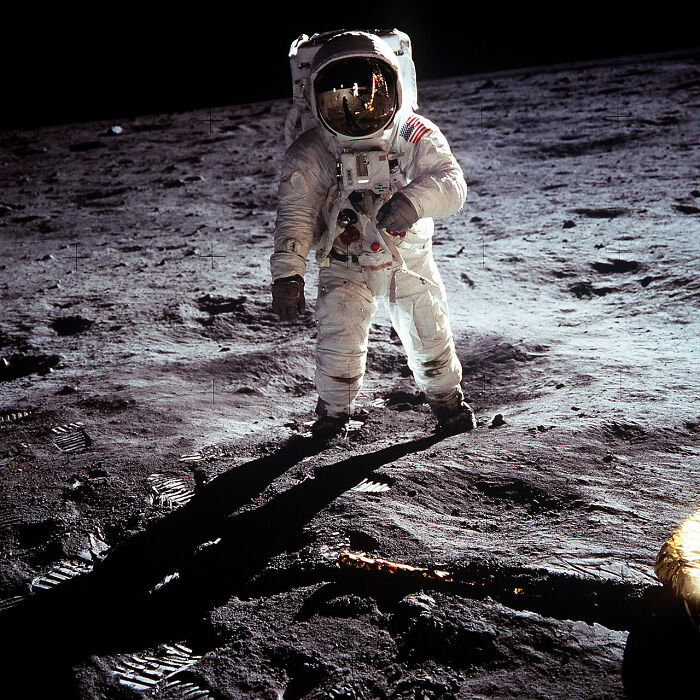 The word “astronaut” means “star sailor” in its origins.
The word “astronaut” means “star sailor” in its origins.
And also the word cosmonaut means " Universe sailor" I read that fact in a book
If you drilled a tunnel through Earth and jumped in, you would reach the other side in 42 minutes and 12 seconds.
One more for the anxiety list...So would you pop out the other side and land safely on the edge? Or would gravity pull you back through and your stuck in a theoretical free fall forever? Asking for a friend..
The center of the Milky Way galaxy has tens of thousands of black holes.
...which will eventually consume the entire galaxy. Just something to look forward to.
Voyager 1 and 2 have been operating for more than 40 years.
There is a planet in our galaxy where the daytime temperature is nearly 2,000 degrees Fahrenheit, and it possibly rains glass horizontally.
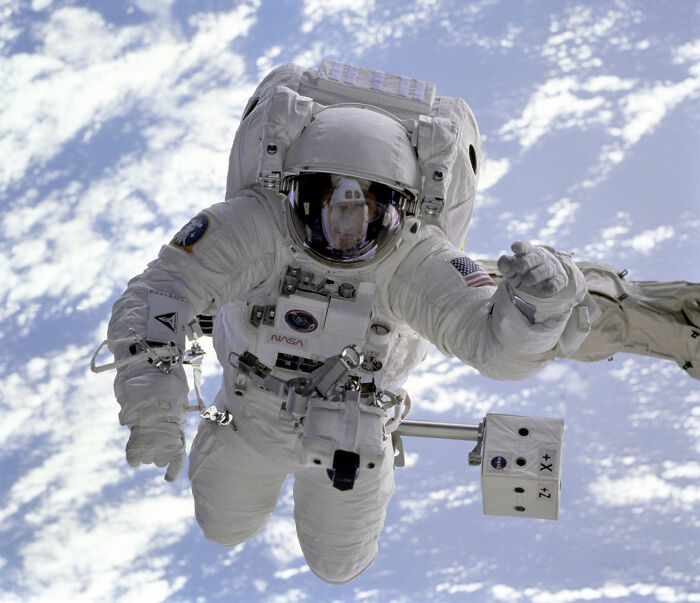 An estimated price of the spacesuit made in 1974 is between $15 and $22 million per unit.
An estimated price of the spacesuit made in 1974 is between $15 and $22 million per unit.
If two pieces of the same type of metal touch in space they will permanently bond.
Vacuum welding is quote a headache when designing satellites and space stations/ships. Gotta be careful not to make moving bits out of the same stuff.
Saturn's moon Titan has lakes, too. The liquid in Titan's lakes isn't water - it's a substance called methane.
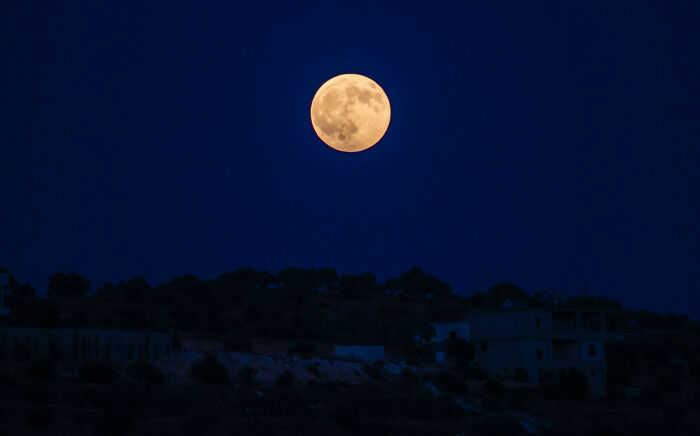 The Moon is lemon-shaped.
The Moon is lemon-shaped.
No explanation is given for quite a few of these and the information is questionable.
Agreed. I liked that you called out some of the things I questioned, too. I did look up a couple and was surprised. the dung beetle thing? Like how do they KNOW the tiny buggies are looking at THAT? Why not just the stars? Or their inner navigation systems? But there IS a study. Whether it's true or not... I dunno.
No explanation is given for quite a few of these and the information is questionable.
Agreed. I liked that you called out some of the things I questioned, too. I did look up a couple and was surprised. the dung beetle thing? Like how do they KNOW the tiny buggies are looking at THAT? Why not just the stars? Or their inner navigation systems? But there IS a study. Whether it's true or not... I dunno.

 Dark Mode
Dark Mode 

 No fees, cancel anytime
No fees, cancel anytime 




































